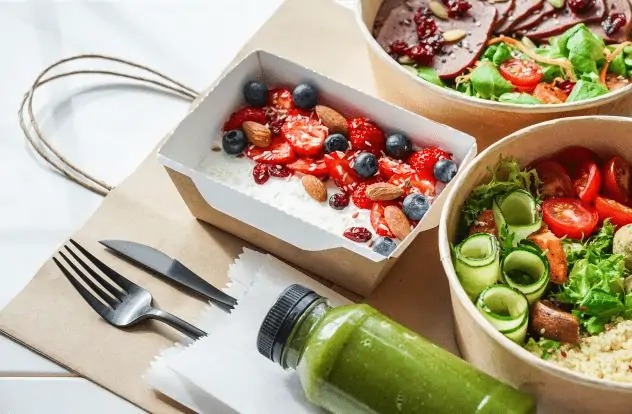If you’re a parent to a toddler, you already know mealtime can feel like a battleground – or at least a high-stakes negotiation. One second, your little one is happily munching on peas, and the next, those same peas are being flung across the room.
Feeding toddlers is not easy, and while every child is different, many parents unknowingly fall into the same traps and feeding mistakes. Knowing how to spot them makes it easier to avoid and fix these issues.
Let’s walk through some of the most common feeding mistakes parents make.
Also Read: Order With Confidence: A Breakdown Of Steak Cooking Levels
Offering Too Many Packaged Snacks
Packaged snacks are convenient, but leaning too heavily on them can backfire. Many of them are high in sugar and additives that may not be good for your child.
Choosing the right toddler snacks that are healthy and nutritious for your child, and feeding the right amount, can make a big difference. Also, try offering whole-food alternatives whenever possible. Fresh fruit slices, cheese sticks, or yogurt are all great options.
That’s not to say you need to avoid packaged snacks altogether; just keep the intake to a minimum to prevent your toddler from relying on them to the point where they start refusing other foods.
Pressuring Them to “Finish the Plate”
One of the biggest feeding mistakes is pushing kids to eat everything on their plate. While it may seem like a good idea to avoid waste, it actually teaches children to ignore their own hunger and fullness signals. Over time, this can lead to overeating and an unhealthy relationship with food.
Many adults with eating disorders grew up with similar feeding approaches. So, instead of pressuring your toddler, serve them smaller portions and let them decide how much to eat. You can also offer seconds if they’re still hungry.
Having a Limited Menu
It’s normal for toddlers to go through picky phases, but constantly giving in to their food preferences can make the problem worse. If your toddler only wants chicken nuggets, that’s all they will expect. The more you narrow their options, the harder it gets to introduce new foods later.
Also, offering the same food over and over increases the chances of them getting bored with the same texture and taste, leading to more food tantrums and protests.
You can try including at least one “safe food” along with new or less-preferred items. Just don’t limit them to the same foods. Also, exposure without pressure is key. Sometimes, it takes multiple tries before a toddler warms up to a new flavor or texture.
Giving Drinks Instead of Food
Juice, milk, and even water can fill a toddler’s stomach quickly. If your child drinks too much between meals, they may not be hungry enough to eat actual food. Parents often mistake this for picky eating when, in reality, the toddler is simply too full from fluids.
To avoid this problem, limit their juice intake, keep milk to mealtimes, and offer small amounts of water throughout the day. When they come to the table a little hungry, they’re more likely to try what’s on their plate.



